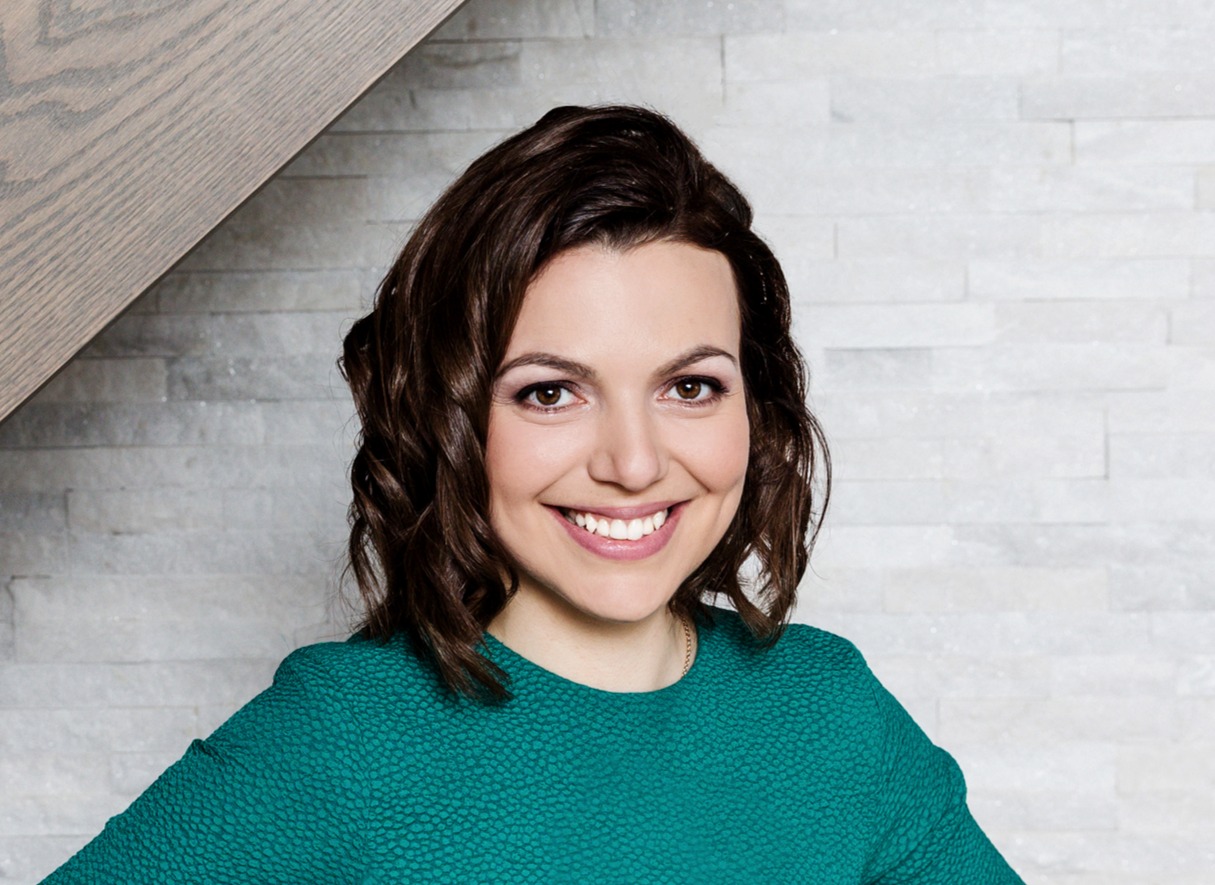The Wonderful World of Wall Coverings
- Diana Rose

- Apr 10, 2021
- 3 min read
Updated: May 11, 2021
By Diana Rose Design

Wall coverings have made a resounding comeback from their heyday in the early 20th century, when technological advances made way for wallpapers with greater durability, longer-lasting dyes, and easier application and removal. And today's options are an ever farther cry from those retro motifs, and have expanded beyond just paper, to include a range of fabrics and textiles in natural and synthetic options. I love incorporating this versatile wall treatment in my design projects. Here are some tips and trends to watch out for, in the wonderful world of wall coverings.
Wallpaper has always been a luxurious distinguishing feature, due to the detail and application process. It adds another layer to an interior, creating texture, softness and personality. It can set the mood and instantly elevate a space. Consumers and manufacturers alike have jumped on this trend, so with all the options available on the market, how do you choose the right one?
As with all things design and decor, wallpaper is largely a matter of personal preference and circumstance. I recommend going for a gently contrast that you won't soon get tired of, since wallpaper application and removal is a more-involved and more-expensive process than simply repainting a wall.
With that said, there is definitely room for some drama in your design. Consider using a bold wallpaper in a small room where you want to make a big impression, but where you don’t spend too much time. For example, a guest powder room. an entranceway, or an accent wall or ceiling. For spaces where you spend more time, such as the dining room or bedroom, opt for subtlety. These rooms likely already have a lot going in terms of furnishings, accessories, drapery and lighting, so look to a simpler wall treatment.
Tip: When wallpapering a feature wall, it should always be a “wholesome” wall, not interrupted by bulkheads, window or doorways. Look for natural breaks in the wall, such as a bump-out. Never end the wallpaper on the corner where it transitions to drywall.
Also consider the scale of the pattern and how often it repeats. The sample may appeal to you online or in the showroom, but it may quickly become busy and overwhelming on your wall. If you are looking for more interesting motifs such as foliage, consider mural papers that magnify the design to a larger scale, which will look proportionate to your space.
On the topic of motifs, let's talk trends. Modern interior designs have seen an influx of natural elements with plenty of texture. This trend has translated to wall coverings, too. I love the gentle aesthetic of watercolour effects, clean geometric lines and grass cloth. Texture is also a key consideration. Paper-based wall coverings can be flat and cheap-looking, extremely difficult to install and virtually impossible to remove. I also advise clients to avoid foil wallpaper, which shows imperfections on the walls. Natural or nature-inspired products are great, just be mindful that these may have some organic textural imperfections, such as silk for example. If you want that raw, organic look, go for it. If you're aiming for a more-refined aesthetic, then natural products may not be an ideal selection.
Also, keep in mind the your wallpaper will likely come up against some painted elements - a wall, baseboards. window trim. If you are working with wallpaper in a darker, deeper hue, white trim and baseboard might look disjointed and harsh. To avoid this, I usually choose the main base colour that’s present in the wallpaper, and find a paint colour to match and complement it.
Despite it's name "wallpaper" isn't limited to your walls. Work with your designer to come up with some creative uses for this versatile decorating treatment. Consider papering the back panels of a bookcases, ceilings, full walls, or an accent wall, and of course entire rooms. In this case, installation is as important as the paper selection itself. We encourage you to work with a professional to ensure quality execution.





Comments